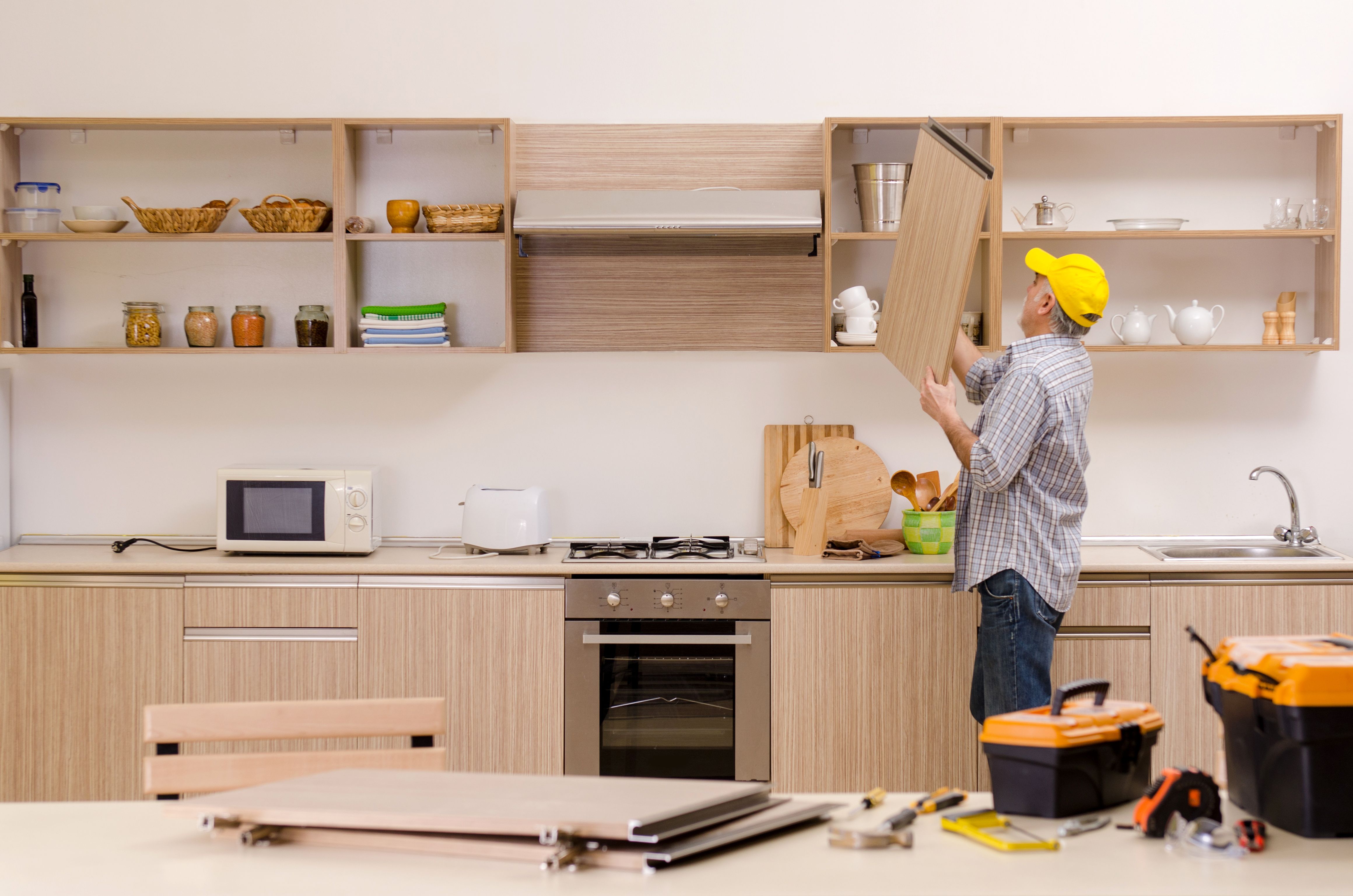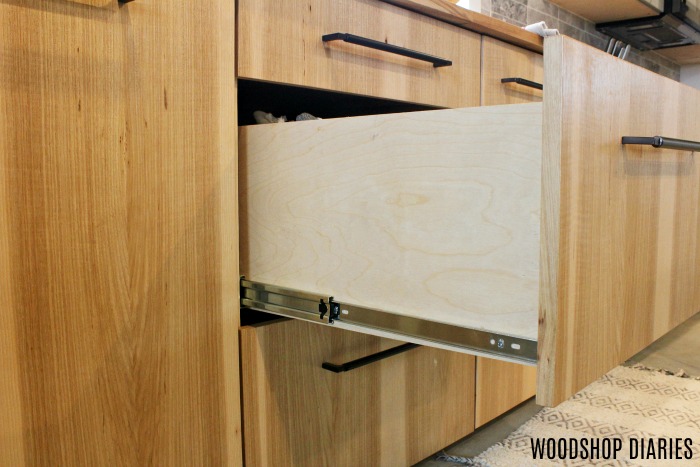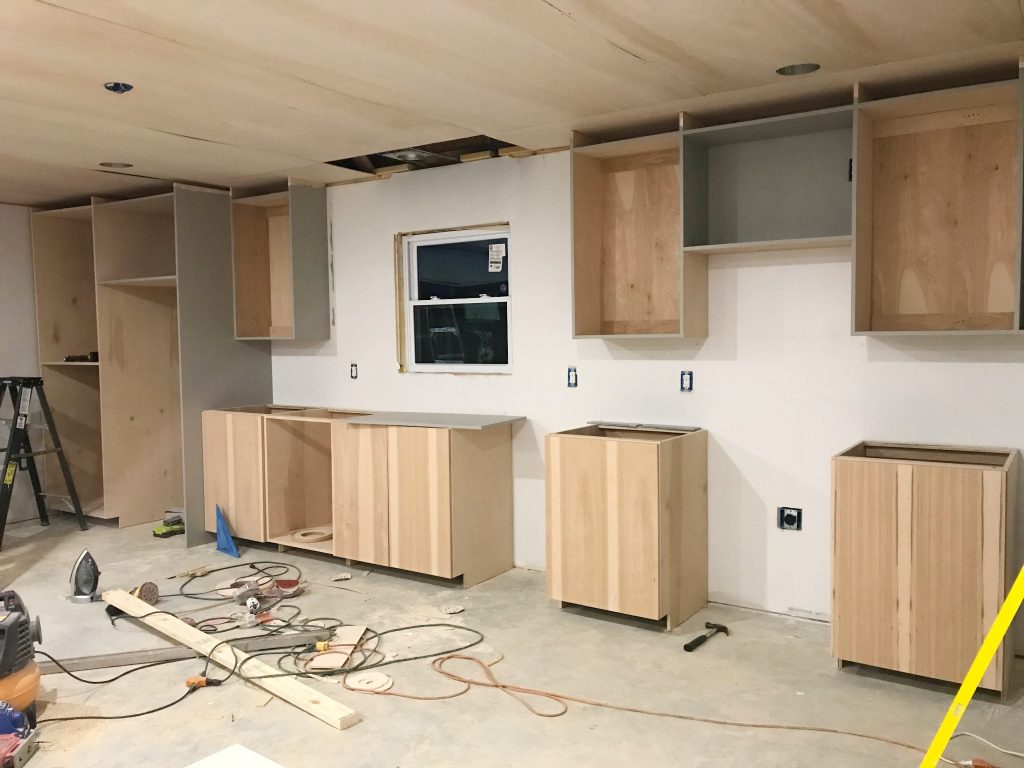Properties and Characteristics of Cabinet Grade Cherry Plywood

Cabinet grade cherry plywood stands out as a popular choice for discerning woodworkers due to its unique blend of aesthetic appeal and robust durability. This engineered wood product offers a practical and visually stunning alternative to solid cherry lumber, making it a versatile option for a wide range of woodworking projects, particularly in cabinetmaking.
Veneer Quality and Core Construction
The quality of the cherry veneer and the construction of the core play a crucial role in determining the overall strength and stability of cabinet grade cherry plywood. The veneer, typically sourced from cherry trees, provides the distinctive grain patterns and color variations that contribute to the material’s aesthetic appeal. The core, often composed of layers of poplar or other hardwood, contributes to the plywood’s structural integrity.
- Veneer Quality: The veneer’s thickness, consistency, and freedom from defects influence the plywood’s overall quality. Higher-grade veneers, typically thicker and more uniform, enhance the plywood’s aesthetic appeal and contribute to its durability.
- Core Construction: The core’s construction, which involves layering different types of wood, significantly impacts the plywood’s strength and stability. The core’s ability to resist warping and twisting is essential for maintaining the integrity of cabinet structures.
Grain Patterns and Color Variations
Cherry plywood exhibits a wide range of grain patterns and color variations, contributing to its unique visual appeal. These variations are a result of the natural characteristics of the cherry tree and the manufacturing process.
- Grain Patterns: Cherry plywood typically displays a straight grain pattern, though variations such as curly or fiddleback grain can occur. These patterns add depth and character to the wood’s appearance.
- Color Variations: The color of cherry plywood ranges from light reddish-brown to a rich, deep brown, with variations influenced by the age of the tree and the wood’s exposure to sunlight. The natural color variations contribute to the wood’s warmth and richness.
Natural Resistance
Cherry plywood possesses natural resistance to moisture, insects, and decay, making it a suitable material for cabinet construction. These properties contribute to the longevity and durability of cabinets constructed with cherry plywood.
- Moisture Resistance: Cherry wood naturally contains oils and resins that provide some resistance to moisture, making it suitable for use in humid environments.
- Insect and Decay Resistance: Cherry wood’s natural properties make it resistant to insects and decay, contributing to its durability and longevity.
Applications of Cabinet Grade Cherry Plywood in Cabinetmaking

Cherry plywood’s natural beauty and durability make it a popular choice for cabinetmaking. Its rich color and intricate grain patterns add a touch of elegance to any kitchen, bathroom, or home office.
Cherry Plywood’s Suitability for Cabinet Components
Cherry plywood’s stability and workability make it suitable for various cabinet components. Its consistent grain pattern allows for seamless construction, while its strength ensures longevity.
- Doors: Cherry plywood is ideal for creating durable and visually appealing cabinet doors. Its smooth surface allows for a variety of finishes, from simple stains to intricate paintwork.
- Drawer Fronts: Its strength and dimensional stability make cherry plywood an excellent choice for drawer fronts. Its smooth surface allows for a variety of hardware options.
- Shelves: Cherry plywood’s stability and durability make it perfect for shelves. Its strength can support heavy items, while its natural beauty enhances the overall aesthetic.
Examples of Cabinet Designs and Styles
Cherry plywood’s versatility allows for a wide range of cabinet designs and styles.
- Traditional Cabinets: Cherry plywood’s rich color and intricate grain patterns complement traditional cabinet designs, adding a timeless elegance to kitchens and bathrooms.
- Contemporary Cabinets: Cherry plywood can also be used in contemporary cabinet designs. Its smooth surface allows for sleek finishes, while its natural beauty adds warmth and sophistication.
- Custom Cabinets: Cherry plywood’s workability allows for intricate details and unique finishes, making it ideal for custom cabinets. It can be shaped, carved, and inlaid to create one-of-a-kind pieces that reflect the homeowner’s personal style.
Advantages of Using Cherry Plywood for Custom Cabinets
Cherry plywood offers numerous advantages for creating custom cabinets.
- Durability: Cherry plywood is known for its strength and durability, making it a long-lasting choice for cabinets that will be used for years to come.
- Stability: Its dimensional stability prevents warping and cracking, ensuring the integrity of the cabinet over time.
- Workability: Cherry plywood is easy to work with, allowing for intricate details and unique finishes.
- Beauty: Cherry plywood’s rich color and intricate grain patterns add a touch of elegance to any space.
Working with Cabinet Grade Cherry Plywood

Working with cabinet grade cherry plywood involves a combination of tools, techniques, and considerations that contribute to the successful creation of durable and aesthetically pleasing cabinets. From selecting the right tools and adhesives to mastering sanding and finishing techniques, understanding these aspects is crucial for achieving the desired outcome.
Cutting and Shaping Cherry Plywood
Cherry plywood is generally easy to cut and shape, but it’s essential to use the right tools and techniques to ensure clean and precise results.
- Cutting: A table saw or circular saw with a fine-tooth blade is ideal for making straight cuts. For intricate cuts, a jigsaw with a fine-tooth blade is recommended. When cutting cherry plywood, it’s crucial to support the material adequately to prevent splintering or chipping.
- Shaping: Cherry plywood can be shaped using various tools, including routers, hand planes, and sanders. Routers are particularly useful for creating intricate designs and profiles. When shaping cherry plywood, it’s essential to use sharp tools and avoid excessive pressure to prevent tear-out or damage to the veneer.
Glue and Fasteners, Cabinet grade cherry plywood
Choosing the right type of glue and fasteners is essential for creating strong and durable joints in cherry plywood cabinets.
- Glue: Polyvinyl acetate (PVA) glue is a common and reliable choice for woodworking, providing strong bonds that are water-resistant. However, for applications where greater strength and water resistance are required, epoxy glue is a suitable alternative. When applying glue, it’s essential to use a thin, even coat and clamp the pieces firmly together to ensure a strong bond.
- Fasteners: For cabinet construction, screws or dowels are often used to secure components. Screws should be pre-drilled to prevent splitting the plywood. Dowels provide a strong and hidden joint, requiring precise drilling and alignment. When using fasteners, it’s essential to choose the appropriate size and type for the application and to avoid over-tightening, which can damage the plywood.
Sanding and Finishing
Proper sanding and finishing techniques are essential for achieving a smooth and durable surface on cherry plywood cabinets.
- Sanding: Start with a coarse grit sandpaper (80-100 grit) to remove any rough edges or imperfections. Gradually progress to finer grits (120, 180, 220) to achieve a smooth finish. Sanding with the grain is essential to prevent scratches and swirl marks.
- Finishing: Cherry plywood can be finished with various products, including oil-based polyurethane, water-based polyurethane, or a combination of both. Oil-based polyurethane provides a durable and water-resistant finish with a warm, amber tone. Water-based polyurethane is faster drying and offers good durability with a slightly less amber tone. When applying finish, it’s essential to use thin coats and allow each coat to dry completely before applying the next.
Staining and Painting
Cherry plywood can be stained or painted to enhance its natural beauty or create a desired color.
- Staining: Staining cherry plywood can enhance its natural reddish-brown color and bring out the grain pattern. Water-based stains are typically preferred for their ease of use and quick drying time. Oil-based stains provide a deeper color and can be more difficult to apply. When staining cherry plywood, it’s essential to apply the stain evenly and allow it to dry completely before applying a topcoat.
- Painting: Cherry plywood can also be painted to create a variety of colors and finishes. Primer is typically applied before painting to create a smooth and even surface. When painting cherry plywood, it’s essential to use high-quality paint and apply it in thin coats to prevent runs and drips.
Cabinet grade cherry plywood is a beautiful, rich wood that’s perfect for a modern kitchen. If you’re looking for a dark and sophisticated look, check out some pictures of black cabinets for inspiration. You’ll see how the deep tones of cherry plywood can create a warm and inviting ambiance.
And don’t forget to consider the grain patterns and the beautiful natural variations in the wood – it’s what makes each piece unique!
Cabinet grade cherry plywood is a real stunner, bringing a touch of natural warmth and elegance to any space. It’s the perfect foundation for a kitchen that screams “tropical chic,” especially when paired with the timeless beauty of york cherry kitchen cabinets.
The rich, deep tones of cherry plywood create a truly inviting atmosphere, making your kitchen feel like a sanctuary of style and comfort.
